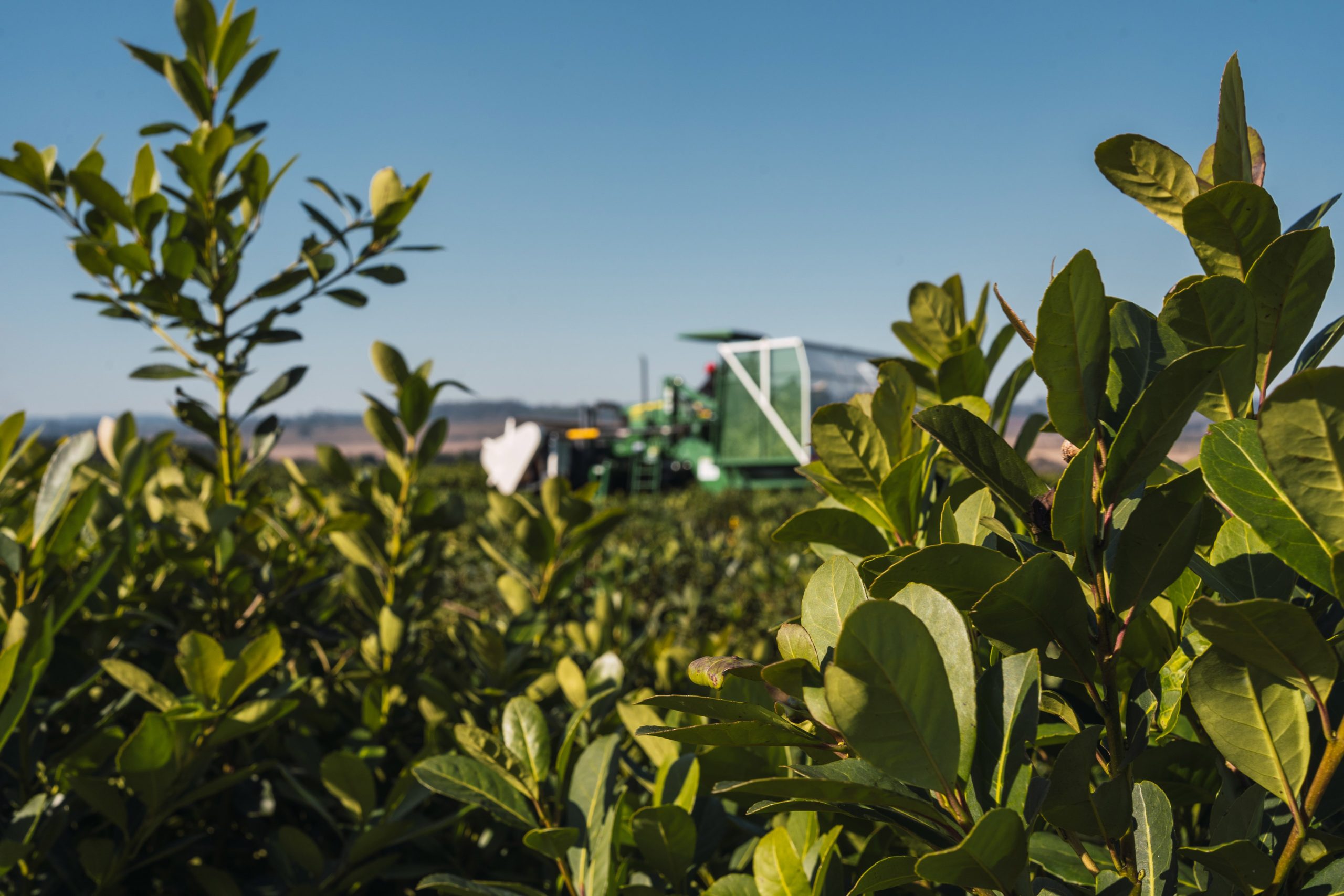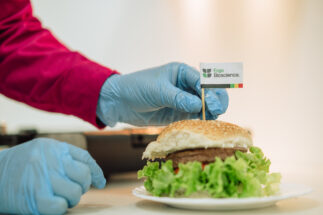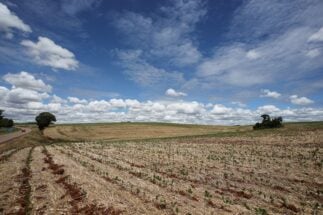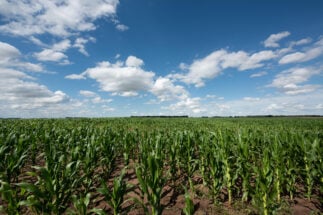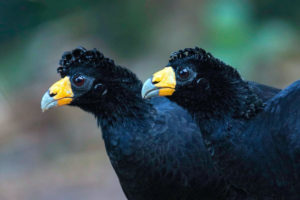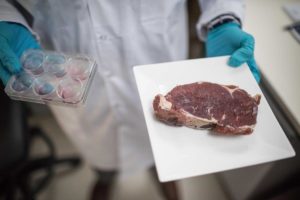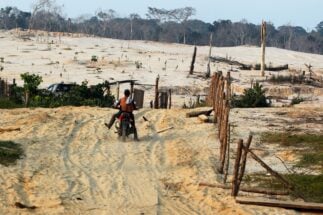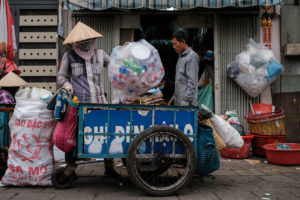“I was in China 20 years ago and I was impressed by its culture and development. We went with the intention of entering the yerba mate market there, and today we are already number one in sales,” says Gustavo Quatrin, manager of the Colonia Liebig cooperative, which sells Playadito, the best-selling yerba mate in Argentina – and also in China, which has grown to become their main export market.
100,000 kilos
The quantity of yerba mate China imported in 2021, around 90% of which came from Argentina, according to official customs data
A natural stimulant due to its caffeine content, yerba mate is one of the most popular and culturally important drinks in Argentina, Uruguay, Brazil and Paraguay, where it is consumed all year round, and often ahead of coffee or tea. Its consumption can also be beneficial to health, as it contains various B vitamins and antioxidants.
The origin of yerba mate dates back to Guaraní indigenous peoples, who cultivated it well before European colonisation, and used the leaves of the tree as a beverage, an object of worship and currency. Today, Argentina is the world’s leading producer, and according to data from the National Institute for Yerba Mate (INYM), the country yielded over 317,000 tonnes of the product in 2021, of which 85% went to the domestic market and the rest for export.
Arab countries have historically been the main yerba mate export markets for Argentina, especially Syria. There, as in South America, the infusion is typically consumed with a bombilla – a type of metal straw containing a filter – and a gourd, into which ground yerba mate leaves are placed, and hot water is repeatedly added. But this is not the preferred method in China, a small but growing market.
For thousands of years, tea has famously been the most important infused drink in China. Yerba has therefore mostly been marketed to be drunk in a similar fashion as locals are used to: without a bombilla, and brewed with a finer grind. Much of the yerba available in China is also sin palo – without the plant stems that are traditionally present in Argentinian infusions, and give a stronger flavour. In 2021, China imported almost 100,000 kg of yerba, 89,000 kg of which came from Argentina, according to data from China’s General Administration of Customs.

Liebig’s journey
The Colonia Liebig cooperative is a yerba mate producer in the province of Corrientes, in northeastern Argentina. Founded by German descendants in 1924, it now incorporates 126 associated producers, while also sourcing yerba from outside the cooperative, from a total of more than 7,000 producers. Today, Playadito, its flagship brand, is available in Argentina, neighbouring countries such as Chile, and further afield in Australia, Germany, Spain, the United Kingdom, France and the United States, as well as China.
Although the Playadito brand has existed since 1979, it was in 2015 that it officially began exporting yerba mate to China. Victor Saguier, director of the Chamber of Yerba Mate Millers and manager of La Cachuera – a company that sells Amanda, another brand of yerba – explains that in 1990, after the country saw a shortage of the product, new plantations were allowed, which eventually generated an oversupply. It was then that the sector began to look for new markets, including China.
Though exports began in 2015, Playadito has been working with Benben Trading, a Chinese importer, for over a decade as they prepared to enter the market. Quatrin explains that Benben sought to represent Playadito in China after seeing its growth in the Argentine domestic market. Today, he says, Playadito is now the number one company in terms of online sales in China, with the company exporting around 75,000 kg of its product to the Asian nation last year. “China is the most important destination for us, as we do not export to the Middle East,” Quatrin explains.
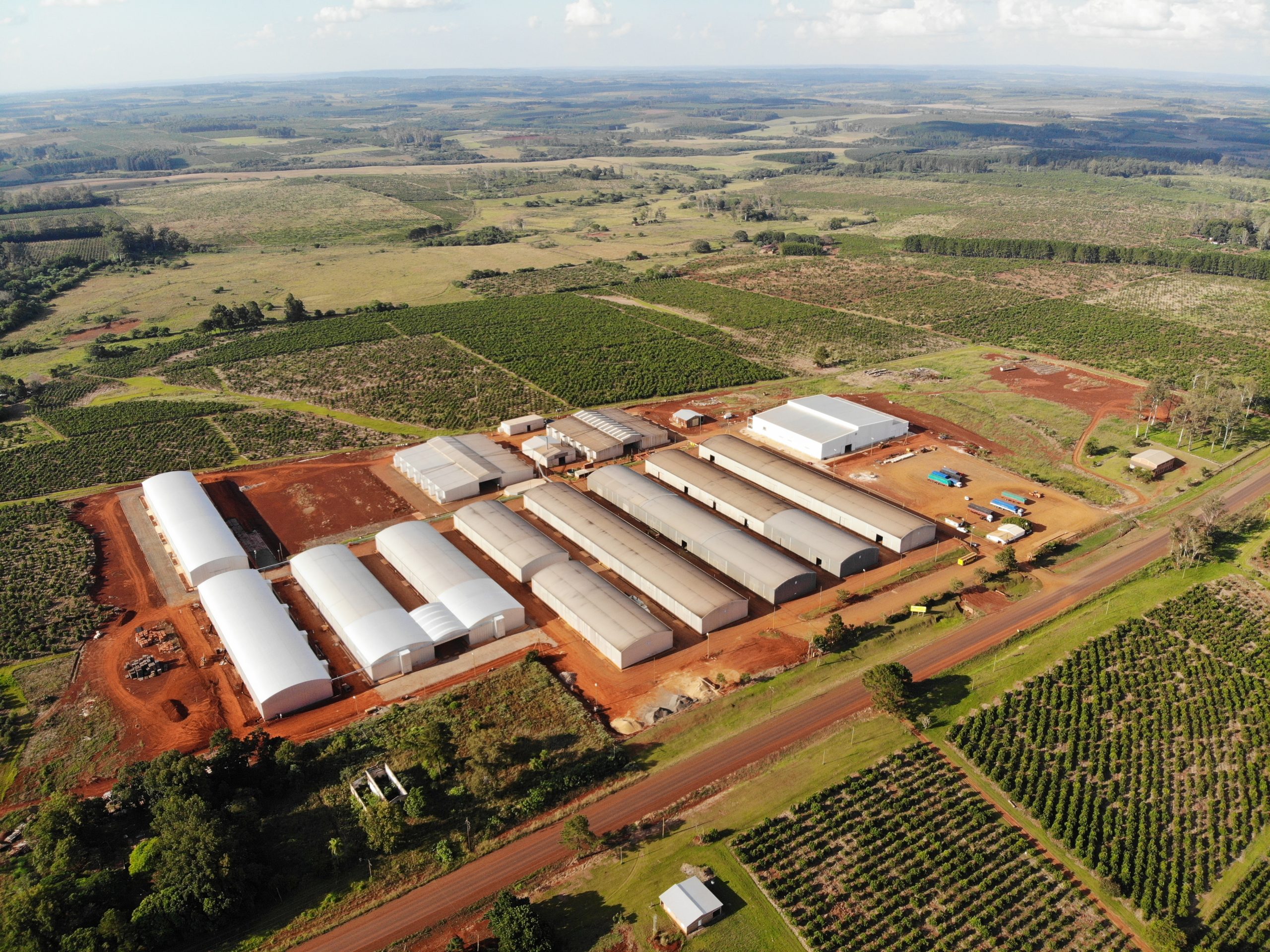
Searching for the term “yerba mate” (马黛茶, madai cha) on Chinese search engine Baidu’s news page, about half of the results make some sort of reference to two of its most famous drinkers: Lionel Messi, probably the beverage’s leading representative in China, followed by Uruguayan striker Luis Suárez. Other articles are promotional content from importers, describing the culture and wide range of customs that surround yerba mate.
Yerba mate and its production
Other than preferences around infusions with or without stems – which also divide South American drinkers – there are no differences between the yerba mate exported to China and the one destined for domestic consumption in Argentina. The production process is the same: it begins with seedlings that are transplanted into soil rich in iron and nutrients, as is the case for the red soils of the provinces of Misiones and Corrientes, where production is concentrated.
Harvesting is done manually four years after being transferred to land, specifically between the months of April and September. Once harvested, the leaves and stems are immediately dried with a controlled heat, requiring around four hours at temperatures of 100C. They are then stored for six to 18 months, before the milling process begins.

“Yerba production is labour-intensive as the work with the plants is mostly manual,” explains Quatrin. “You have to make sure that weeds don’t get the upper hand, and that’s why glyphosate is used. But the herbicide does not have a direct impact on the leaf, and not everyone uses it because it is expensive.”
For the yerba mate chamber’s Victor Saguier, there is a growing awareness of environmental care in the sector, which has led to less use of glyphosate, although there are no official statistics. “The high temperatures of the drying process leave no traces of glyphosate,” he says, adding that biological alternatives are increasingly being used to replace glyphosate.
New records and the future of yerba mate
2021 was a record year for yerba mate production and consumption in Argentina, according to year-end data from INYM. Domestic consumption was just under 283,000 tonnes, up 5.5% on 2020, while over 882,000 tonnes of yerba mate leaves were taken in for processing by dryers, almost 9% more than the previous year.
Saguier says local consumers are becoming more informed and there is a growing demand for organic yerba, without the use of pesticides such as glyphosate. “Amanda was one of the first companies to make organic yerba. Five years ago, people started to ask for it more, and it is going to become even more prominent,” he says.
Yerba mate matcha, green and black teas are directions in which we could make progress in the Chinese market
Regarding consumption in China, Wang Jinjun, the general manager of China’s Benben Trading, the importer of Playadito, says that the proportion of people who drink yerba mate on a regular basis in China is still relatively small. But he believes there are several areas ripe for innovation: “Yerba mate matcha, yerba mate green tea and yerba mate black tea are directions in which we could make progress in the Chinese market.”
In the same vein, Saguier says that the challenge is to attract the Chinese consumer with other product varieties, and not to try to compete with tea. “In the last few years, yerba mate-flavoured drinks have been launched, and that could be the best way to penetrate the market,” he says.
Recent new products include Red Bull’s Organic Viva Mate, released in Switzerland as a pilot for the European market, while Perrier, Nestlé’s bottled water brand, has released the Perrier Energize range, which includes yerba mate extracts in combination with other flavours.
For Argentine producers pivoting towards a market where tea is king, convincing more Chinese consumers to sample and regularly reach for a cup of yerba mate will not be easy. But most indications suggest that exports of its beloved leaf to China will continue to increase steadily in the coming years.
